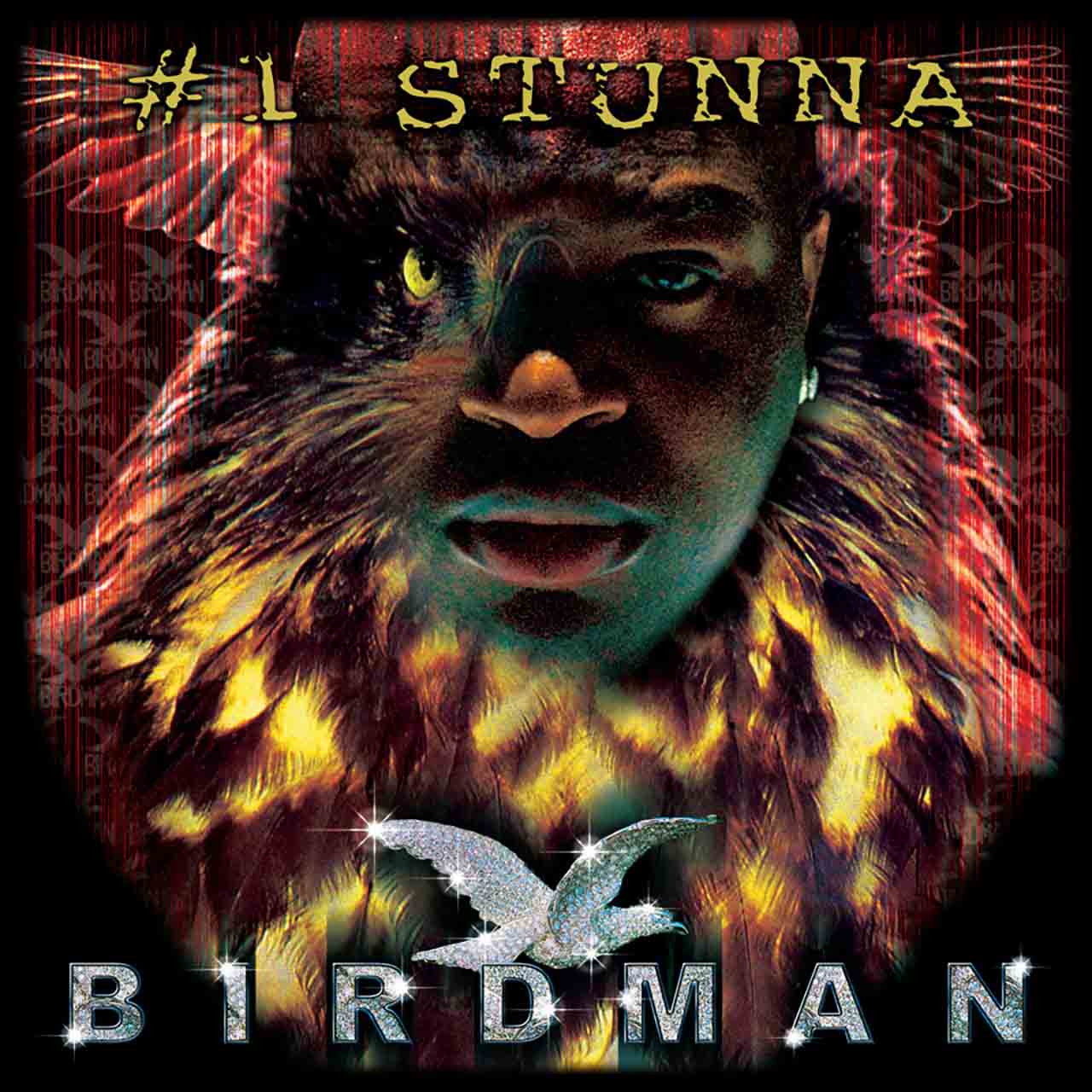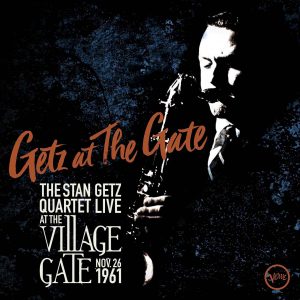Houston-based graphics design firm Pen & Pixel rose in the mid-’90s as the masterminds behind some of the most legendary album Southern rap album covers. Founded by two brothers, Aaron and Shawn Brauch, Pen & Pixel began as the in-house design firm for No Limit Records and at its peak, produced artwork for Cash Money, Master P, Snoop Dogg, and Lil Wayne, among others.
One of the last designs Shawn Brauch made was for Birdman’s debut studio album cover, which was released on November 26, 2002, via Cash Money Records.
Brauch explains the rise, fall, and legacy of Pen & Pixel, as well as working with Birdman f.k.a. Baby on the cover itself.
Shawn Baruch: Pen & Pixel started after my brother and I were working at Rap-A-Lot Records in Houston. My brother was general manager there, and the company was doing actually very, very well—hit a couple of Platinums with the Geto Boys, and they started to want to bring everything in-house. At that time, they were doing their album covers outside.
They were bringing in freelance artists and my brother knew I was a graphic designer and was like, “Hey! Would you like to come out here and give this a shot and do some storyboards for some music videos?” I was like, “Sure! Why not?”
The first album covers
I knew nothing of any of that, but it’s always been a dream of mine to do album covers. I flew out to Houston and started working there. One thing leads to the next… I was doing everything by hand when I first got there. We did the photoshoot, and then we would sit there and cut out the photos and do photo montages with color pencils, photographs, and sandpaper… we’d actually sand down the edges. We would actually do these photo montages by hand. We’d cut out the pictures, sand down the edges of the pictures, and then spray adhesive on them – and stick them down and make these photo montages.
At that time, computers were almost unheard of. I think Photoshop had only been out for maybe a year at that time? So I chatted with J Prince, and I was like, “Hey, this might be the way to go since we’re doing so many album covers. It might be kinda smart to put in our own production department…”
We looked at the figures and went over it… you’re running 40 to 50 album covers a year, so now it’s worth making the investment. I got that first system [in-house production department] put into Rap-A-Lot Records and did a whole bunch of learning on that.
Rap-A-Lot was in the business of obviously signing as many acts as they possibly could. These artists would come in, and one of the benefits of signing with them was that the album cover was gonna be looking unlike any other album cover out there because we had the capabilities at that time of starting to make it look pretty outstanding.
They were like, “Well, we don’t want to sign with Rap-A-Lot, but we’d like to get the artwork done.” That started my brother and I thinking, “What if we set up almost a completely different division of Rap-A-Lot – like an art division?” We would do the artwork and Rap-A-Lot would obviously get paid, but my brother and I would get paid a separate fee because we’re the ones putting in all the energy and management into this. We presented that [a different division of Rap-A-Lot] to Little J and he looked over it, and we just couldn’t come to an agreement. He wanted more money than it would’ve been feasible for us to actually do this.
Going independent
My brother took a look at that and said, “Well, how much does the equipment cost?” We went out, ran through a business plan, and then my brother bought all of the equipment – basically identical to what Rap-A-Lot had – and we set it up in our apartment and that was the beginning.
I think we’re actually doing more covers at the very beginning than what a lot of people understand, and one of the things that gave Pen & Pixel its momentum was that we had some accounts like Houston Records and Select-O-Hit; these are companies like CD Baby that would just generate 30, 40, or 50 album covers a day because they were the super basic ones you know.
Things started picking up… and they really picked up with Suave House. Tony Draper was the one who really put us on the map with 8Ball and MJG. That was such an incredibly maverick album because nobody had ever seen anything like it. Once he broke out with that everybody started coming our way.
The Cash Money Records connection
We were still working out of our apartment at that time. Quite literally living and working out of the apartment with a full staff – we had staff of 10 people working out of our apartment. The apartment got too small. We moved into this house – maybe a mile down the road – and the whole house was completely consumed with the business. We started doing business with Big Boy Records out in New Orleans, and their direct competitor was Cash Money Records. We started generating things like Black Menace, The Ghetto Twiinz, J Dawg, and a whole bunch of other wild and crazy acts. Brian [Birdman] and Ronald Williams [Slim] saw that, and they were like, “Woah! That is some dope shit.”
They were like, basically, “Where’d you get that? Since we’re your competitors, we want stuff that looks like that too.” The next thing you know, this big entourage shows up in our parking lot.
The importance of distribution
It wasn’t just the artwork that Pen & Pixel was selling. That’s the other aspect that people don’t understand about Pen & Pixel is how much of the business advice and how many deals got hooked up under Pen & Pixel’s roof… major deals like Virgin Records, Epic Records, and Priority Records deals locked up and hooked up under our roof.
When Brian and Ronald came in, they wanted to talk not just to me, but they wanted to talk to my brother because my brother had the distribution network. They were like, “Okay, so if we’re gonna make a go at this, we need to have big-time distribution.”
That was done through Southwest Wholesale with Robert Gillerman, and my brother and Robert Gillerman were like brothers. My brother would work these deals, and those deals included: you get your artwork done here, we take care of your production, we generate posters, we give you all the tools to make a go of it, and we’ll hook you up with distribution. Eventually later on, we even got into setting up concerts, handling security and hotels and limousines.
It was that type of service and offering that was so attractive to these groups. They knew that if they were loyal to us, we were always loyal them – and that eventually these deals would hook up where they would get these massive distribution deals with these massive record deals. The record companies knew that the artwork was going to be of a consistent quality, the product was going to be delivered on time, and they [the record companies] were always going to get what they needed to make a go of it. That’s really one of the big catalysts that allowed Pen & Pixel to just blow up.
We showed Cash Money what we can do artwork-wise, and they’re like, “We gonna be back in about a week.” And sure enough, they showed back up in a week, and they had four of their acts with them. Our relationship with Suave House was very tight, and now with Cash Money it was really tight. They came to us all the way through until basically that last Birdman cover. That was basically the last one.
[Cash Money Records] had signed another deal with another record company at that time. Pen & Pixel was also starting to shut down. We had changed a lot of our style to what we call the “Millennial Style,” which is what you see with the Birdman cover. We had gotten away from the “bling-bling” thing because people were saying, “The ‘bling-bling’ thing is so played out man. We wanna look like a movie poster.”
The Birdman album cover
[Birdman] is a really reliable client. He would call me to fly out to New Orleans and he would take care of [the] limousine – the whole thing – to go to his hotel room to do a photoshoot. I’d bring my whole studio with me – including an assistant – we’d set up in his hotel suite, we’d shoot the shot that we needed, and then we’d take off and go back and produce the album cover.
On the Birdman cover, it was two shot process, which is unusual for Brian. He’s totally organized. He had everything ready to rock, ready to roll. This is at the house where he brings most of homies to. He has another mansion like Master P does that he doesn’t bring anyone to. It’s just for him and his family. It pulls me up to this house, and this house is like 7000 to 8000 square feet. There’s probably 50 or 60 guys in there. There’s a jacuzzi in the middle of the living room. He’s like, “I need you to shoot this piece of jewelry.” I was like, “You called me out here for a photoshoot of a jewelry piece?” He’s like, “Yeah, I can’t let this go because it was like $400,000 or something like that.”
So that’s where the photograph of that bird that you see on the Birdman album. Then he flew me out again, and I shot just his face. Then I told him, “Well, I’m gonna incorporate this eagle into your thing, and it’s gonna be kind of a dark-looking cover.” Then I started just generating the rest of the pieces, threw that together, sent it out, and he was like, “Yeah, I want it to be called No. 1 Stunna!” I was like “Oh! Alright, alright,” not knowing what a stunna was.
We did some t-shirts, artwork of that, some other poster stuff, and that was the last cover I did for them [Cash Money Records]. I distinctly remember that was the last cover that we did. I thought it was actually one of my more creative ones. I also did another one that was very similar… very similar to that one for Point Blank called The Bull where you have that homogenous half-animal half-human type thing. I loved the colors, and I liked that dark mysterious thing. I like that sinister sort of look.
Editor’s note: This article was originally published in 2017.




